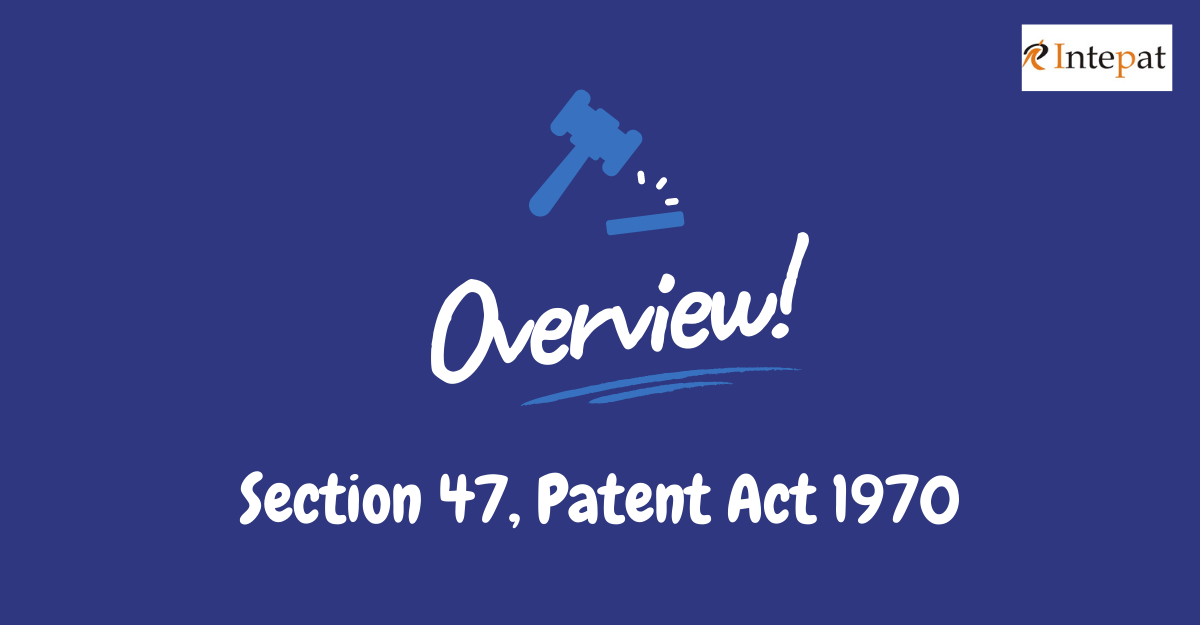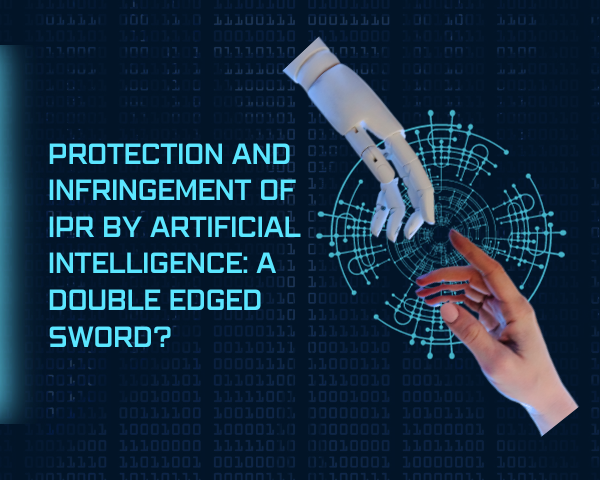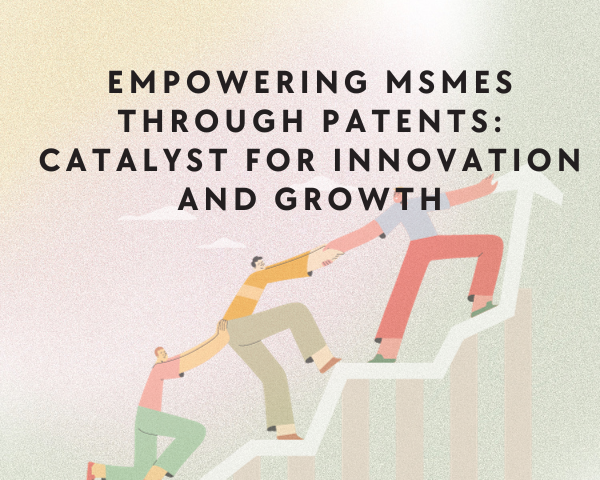A patent granted under the provisions of the Patents Act, 1970 (the Act), confers an exclusive right of the patentee to exploit their invention and to produce, sell or import the patented product or process for the duration of the patent. However, this is not an absolute right, and certain limitations have been stipulated in Section 47 of the Patent Act.
In this article, we will primarily be looking at Section 47. It provides that the patent grant is subject to certain conditions. Specifically, Sections 47 (1), (2), and (4) deal with governmental use, and Section 47 (3) deals with experimentation/research of the granted patents.
Section 47 and Governmental use
Section 47 provides a statutory exemption from patent infringement liability to the government. Particularly, Section 47 (1) and (2) states that the government may import, make, or have made on its behalf any patented product or product made by a patented process “merely for its own use.” Further, Section 47 (4) allows the government to make, use, vend, or even import any medicine or drug, medical equipment, or other equipment for use or distribution in public health centers owned by the government or notified by the government for that purpose. This Section’s scope is narrow compared to other sections of the Act dealing with the governmental use of a patented invention, like Sections 100 and 101.
Two landmark cases are determining the scope of Section 47.
Garware Wall Ropes Ltd. v. AI. Chopra and Konkan Railway Corp. Ltd.
In this case, the Bombay High Court highlighted the differences between Sections 47 and 100. In this case, the plaintiff (appellant), Garware Wall Ropes Ltd. (patentee), filed an injunction against the defendant to end the manufacturing and selling of their patented products. The defendant was A. I Chopra, who was making these products and selling them to Konkan Railways under a contract. The defendant contended that since they were manufacturing and selling the patented products only for the Konkan Railways, a Central Government department, and that their contract had been signed on behalf of the President of India, it would fall within the scope of Government use.
The Bombay HC stated that a government agency (third party) could use the patented invention on behalf of the government on the payment of royalty/remuneration to the patentee based on a contract or a license between the patentee and the third party under Section 100. However, under Section 47, the use of the patented invention by the government is restricted merely to its own use only. Therefore, a third party is not allowed to use the patented invention under this section. Further, no royalty fee or other remuneration had to be paid to the patentee by the government when it uses the patented invention for a sovereign purpose. The Bombay HC opined that the government exemption under Section 47 would only apply to departments of the government and government servants and agents only.
Chemtura Corporation v. Union of India
The Delhi High Court provided a different interpretation in this case relating to Section 47. The defendants, in this case, were the government of India and a consortium of third parties who supplied products based on drawings provided to them by the Railway Ministry based on a contract. The plaintiff contended that Section 47 would not apply to the consortium and would be liable for infringement as it was not a government agency. The Delhi HC rejected this contention and stated the consortium (third party) strictly followed the instructions and drawings provided by the Ministry and had no autonomy concerning the product. Therefore, it opined that the consortium would fall within the scope of the government exemption. These views can be observed in the two landmark cases concerning the government exemption in Section 47.
Section 47 and Experimentation/Research
Section 47 (3) deals with another instance where a patented invention may be used without attracting liability – for research/experimentation and imparting instructions to pupils for educational purposes. Article 47 (3) reads, “any machine, apparatus or another article in respect of which the patent is granted or any article made by the use of the process in respect of which the patent is granted, may be made or used, and any process in respect of which the patent is granted may be used, by any person, for the purpose merely of experiment or research including the imparting of instructions to pupils.”
By reading Section 47 (3), it can be understood that it has a broad scope that has not yet been tested in a court of law. The landmark cases discussed in this article mainly deal only with the government’s exemption from patent infringement. It will be interesting to keep track of how the law relating to it develops.




